40 cell structure and function
Form follows function: Structure of cell growth regulator GATOR2 ... Cell growth plays an important role in normal cell function—for example, building muscle in response to exercise— and it also goes awry in diseases such as cancer. ... Form follows function ... Cell Structure and Function | Types of Cells - VEDANTU Cells are made up of various portions that have a specific function. Organelles, for example, are specialized structures within the cell that perform specific functions. Cells exist in various sizes, shapes, and types in the human body. The concept of a "generalized cell" is proposed for descriptive purposes.
Cell Structure and Function - Biology LibreTexts 1. Description of Cell Structure and Function. Cells are fundamental to the study of biology. Every living thing is composed of cells, they are the building blocks of life. All cells share similar characteristics and can be defined by the cell theory. Cell Theory . 1. All living things are composed of cells. 2. All cells arise from preexisting cells through cell division. 3.

Cell structure and function
› cell-structure-and-functionCell structure and function | AP®︎/College Biology | Science ... Facilitated diffusion. (Opens a modal) Diffusion and passive transport. (Opens a modal) Electrochemical gradients and secondary active transport. (Opens a modal) Uniporters, symporters and antiporters. (Opens a modal) Active transport. The cell: Types, functions, and organelles - Medical News Today Nerves cells are the communication system of the body. Also called neurons, they consist of two major parts — the cell body and nerve processes. The central body contains the nucleus and other ... Cell Structure and Function | Carolina Knowledge Center Cell Structure and Function Cells are the building blocks of all organisms. The properties, organelles, and characteristics of a cell determine its role within the organism. Understanding the relationship between the cell's structure and its function is an important topic in any biology course.
Cell structure and function. 2.3 Cell structure and function | Cells: the basic units of life - Siyavula Cells are the smallest form of life; the functional and structural units of all living things. Your body contains several billion cells, organised into over 200 major types, with hundreds of cell-specific functions. Some functions performed by cells are so vital to the existence of life that all cells perform them (e.g. cellular respiration). Cell Its Structure & Functions, Important Components and Diagram The cell is the fundamental unit of life. However, in itself, a cell consists of different components which help the cell to run properly. Each of them has a unique set of functions. Our body contains different types of cells like muscle cells, nerve cells, etc. having different structures. Yet, all of them have similar basic components. Home - Cell Structure and Function - JSCB Cell Structure and Function is an international, peer-reviewed, Open Access journal publishing articles in all areas of molecular and cell biology. Published continuously online, the journal is fully indexed in MEDLINE, SCIE, Scopus, DOAJ and other major databases, and has a Journal Impact Factor of 2.2. The official English-language journal of the Japan Society for Cell Biology, CSF welcomes ... › cell-membrane-373364Cell Membrane Function and Structure - ThoughtCo Oct 07, 2019 · The exact mix or ratio of proteins and lipids can vary depending on the function of a specific cell. Phospholipids are important components of cell membranes. They spontaneously arrange to form a lipid bilayer that is semi-permeable such that only certain substances can diffuse through the membrane to the cell's interior.
Cell Structure And Function | Science Trends The cell structure is defined by the cell membrane, the cytoplasm, and the nucleus. A cell is the smallest unit of life and its structure helps it to work as the basic building block of biology. The cell function is to keep all of the functions of the body performing as intended. This includes keeping toxins out of the body, help to break down waste, make nutrients and act as barriers within organelles. › cms › lib2Cell Structure & Function - Houston Independent School District Nucleus. •"Control center" •Directs cell activities •Contains the genetic material (DNA) •Separated from cytoplasm by nuclear membrane (or nuclear envelope). Nuclear Membrane. •Surrounds nucleus, separates DNA from cytoplasm •Made of two layers •Openings called pores allow some materials to enter and leave nucleus. PDF Notes CELL STRUCTURE AND FUNCTION Cell membrane regulates movement of substance into and out of the cell. If the cell membrane fails to function normally, the cell dies. Cell wall In bacteria and plant cells the outermost cell cover, present outside the plasma membrane is the cell wall about which we shall study now. Bacterial cell wall is made up of peptidoglycan. What Is A Cell? - Definition, Structure, Types, Functions The cell structure comprises individual components with specific functions essential to carry out life's processes. These components include- cell wall, cell membrane, cytoplasm, nucleus, and cell organelles. Read on to explore more insights on cell structure and function. Cell Membrane. The cell membrane supports and protects the cell.
PDF CELL STRUCTURE AND FUNCTION CHART - sedelco.org CELL STRUCTURE AND FUNCTION CHART PLANT CELL ANIMAL CELL 1. Cell Wall •(Plants only) inflexible barrier "protecting" the cell and giving it support. Is not selectively permeable. It is a rigid structure. 2. Cell Membrane •oundary ("wall") between the cell and the environment. Allows nutrients/ regulates movement in and out of the cell. Structure of Cell: Definition, Types, Diagram, Functions - Embibe The structure of a cell includes various organelles that perform all crucial functions such as the production of energy, replication, transport of materials, etc. Cells of prokaryotes differ from eukaryotes based on their structure. Eukaryotic cells are much more evolved than prokaryotes. Cell Structure and Functions - Toppr-guides Cell Structure and Functions Every organ in our body performs a variety of different functions such as digestion, assimilation, and absorption. Similarly, in the plants too, there are different organs of the plant which performs specialized or specific functions. For instance, the roots of the plants help in the absorption of minerals and water. Cell Organelles - Types, Structure and their Functions Cell Organelles - Types, Structure and their Functions Cell organelles are the specialized organelles present within the cells. These organelles are involved in carrying out essential functions that are necessary for the survival of cells. Login Study Materials NCERT Solutions NCERT Solutions For Class 12 NCERT Solutions For Class 12 Physics
Cell Structure and Function - Cell and Molecular Biology Cell Structure and Function Research in cell structure and function seeks to determine mechanisms by which parts of cells undergo change and interact with one another in carrying out basic cellular functions. The field encompasses cell morphology, physiology, biochemistry, and molecular biology.
Cells: Structure and Function - Middle School Science Unit Cells can also connect to form larger structures. They might group together to form the tissues of the stomach and eventually the entire digestive system. However, in the same way, that atoms are the basic unit when you study matter, cells are the basic unit for biology and organisms. Students will love this cell structure and function worksheets.
Cell Structure and Function Flashcards | Quizlet Cell Wall. Description: A rigid structure that surrounds the cell membrane and provides support to the cell. Function: It functions as protective layer around each cell that allows things to go in and out of the cell. Central Vacuole. Description: a large cavity or sac that is found in plant cells or protozoans.
Cell: Structure and Functions (With Diagram) - Biology Discussion Let us make an in-depth study of the structure and functions of cell. After reading this article you will learn about: 1. Comparison of Prokaryotic Cells and Eukaryotic Cells and 2. Structure and Components of a Human Cell. Cell is a compartment where all the activities of life takes place. There are two basic types of cells in nature, viz ...
› anatomy › cellsCell Structure | SEER Training All materials within a cell must have access to the cell membrane (the cell's boundary) for the needed exchange. The cell membrane is a double layer of phospholipid molecules. Proteins in the cell membrane provide structural support, form channels for passage of materials, act as receptor sites, function as carrier molecules, and provide ...
Cell Structure And Function Vocabulary Review Answers Structure & Function of the Body - E-Book Kevin T. Patton 2019-09-28 Get a solid understanding of the human body! Using simple, conversational language and vivid animations and illustrations, Structure & Function of the Body, 16th Edition introduces the normal structure and function of the human body and what the body does to maintain homeostasis.
byjus.com › biology › plant-cellPlant Cell - Definition, Structure, Function, Diagram & Types The primary function of the cell wall is to protect and provide structural support to the cell. The plant cell wall is also involved in protecting the cell against mechanical stress and providing form and structure to the cell. It also filters the molecules passing in and out of it. The formation of the cell wall is guided by microtubules.
Cell Structure Function Worksheet Answer Key Cellular Structure and Function A. Malcolm Campbell 2016-03-24 All organisms are composed of cells, but what is the definition of a cell? Can size, shape or function be used to distinguish cells from non-living biological systems such as a virus? Whatever the definition of a cell is, it can
2. Structure and Function of Cells-edited.pptx - Structure... Organelles and Sub-cellular components • Organelle: membrane-bound structure within an eukaryotic cell have a specific function contains a specific enzyme complement and chemical composition related to its function • Sub-cellular components: Non-organelles type, mostly related to structure
Cell Structure and Function | General Biology Lab Manual Using Climate ... Describe the basic structure and function of each of the following cell components: cytoplasm, vacuole, ribosome, endoplasmic reticulum, Golgi complex, lysozome, peroxisome, chloroplast and mitochondrion. Describe the origins of Chloroplasts and Mitochondria List the components of the cytoskeleton, and describe its general role in the cell.
Cell structure and function - YouTube Cell structure and function
Cell Structure and Function: Definition, Types & Membrane Structure and function of a cell membrane The cell membrane works to manage what can enter and exit the cell. It is a semipermeable membrane made up of phospholipids. The hydrophobic tails of the phospholipids are on the inside while the hydrophilic heads face the outside of the cell. You can see an example of this in Figure 4 below. Figure 4.
› anatomy › cellsCell Structure & Function | SEER Training Cell Structure & Function. Cells, the smallest structures capable of maintaining life and reproducing, compose all living things, from single-celled plants to multibillion-celled animals. The human body, which is made up of numerous cells, begins as a single, newly fertilized cell. Almost all human cells are microscopic in size. To give you an idea how small a cell is, one average-sized adult body, according to one estimate, consists of 100 trillion cells!
› KhanSaif2 › cell-structure-andCell structure and function - SlideShare Cell is the basic Structural and functional unit of living organisms. In other words, cells make up living things and carry out activities that keep a living thing alive. 3. Cell Theory Cell theory is a collection of ideas and conclusions from many different scientists over time that describes cells and how cells operate. 1 2 3 All known living ...
New structure found in cells: These 'clusters' have structures that ... These 'clusters' have structures that encode function. Researchers have found a new, dynamic protein structure in cells. Every cell contains millions of protein molecules. Some of them have the ...
Cell Structure and Function | Carolina Knowledge Center Cell Structure and Function Cells are the building blocks of all organisms. The properties, organelles, and characteristics of a cell determine its role within the organism. Understanding the relationship between the cell's structure and its function is an important topic in any biology course.
The cell: Types, functions, and organelles - Medical News Today Nerves cells are the communication system of the body. Also called neurons, they consist of two major parts — the cell body and nerve processes. The central body contains the nucleus and other ...
› cell-structure-and-functionCell structure and function | AP®︎/College Biology | Science ... Facilitated diffusion. (Opens a modal) Diffusion and passive transport. (Opens a modal) Electrochemical gradients and secondary active transport. (Opens a modal) Uniporters, symporters and antiporters. (Opens a modal) Active transport.










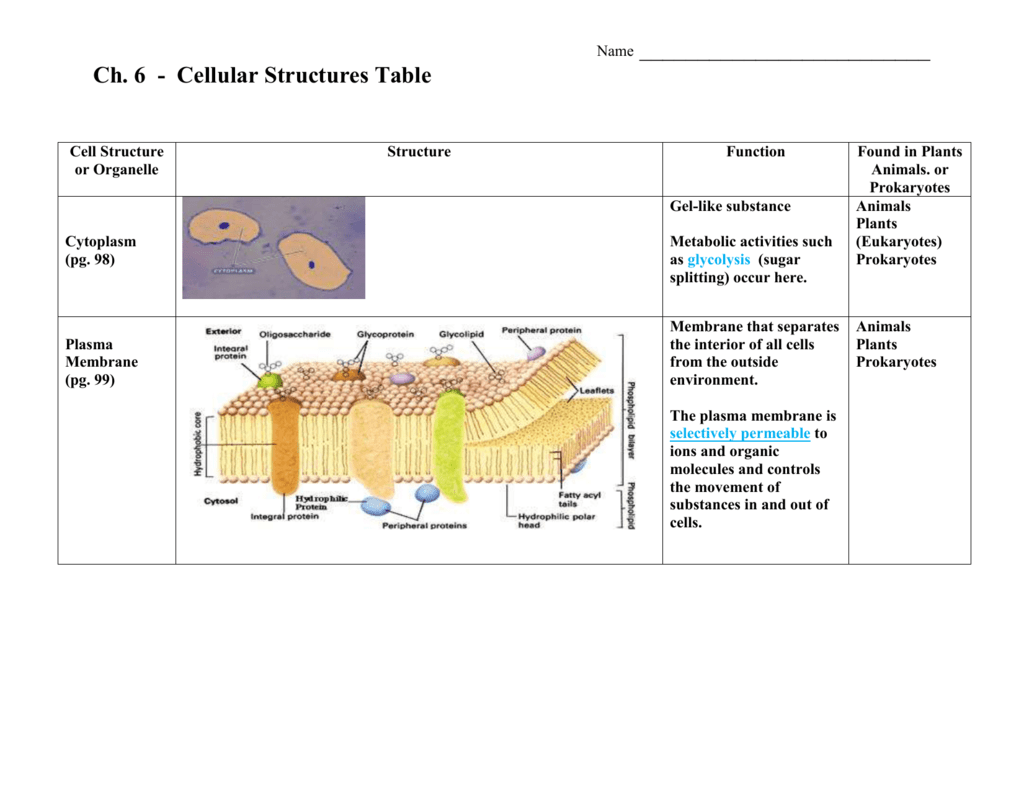
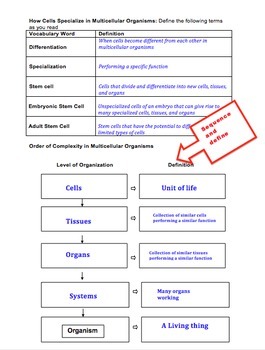
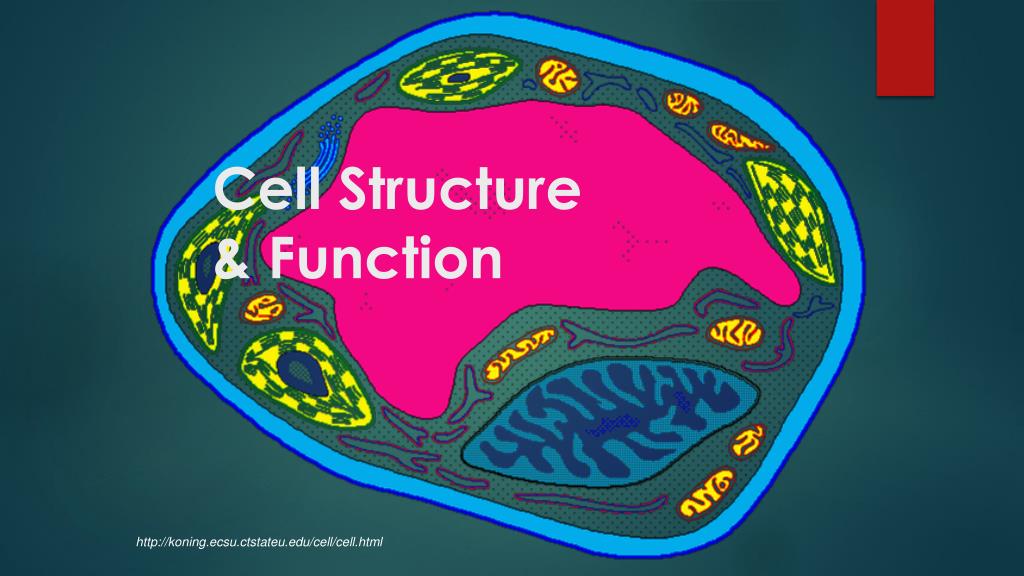


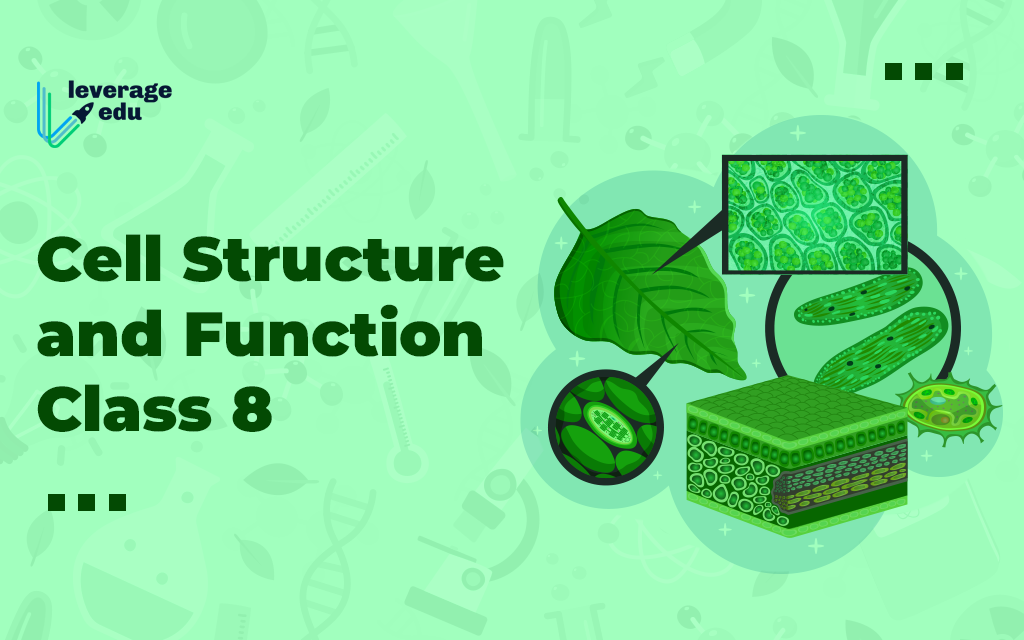

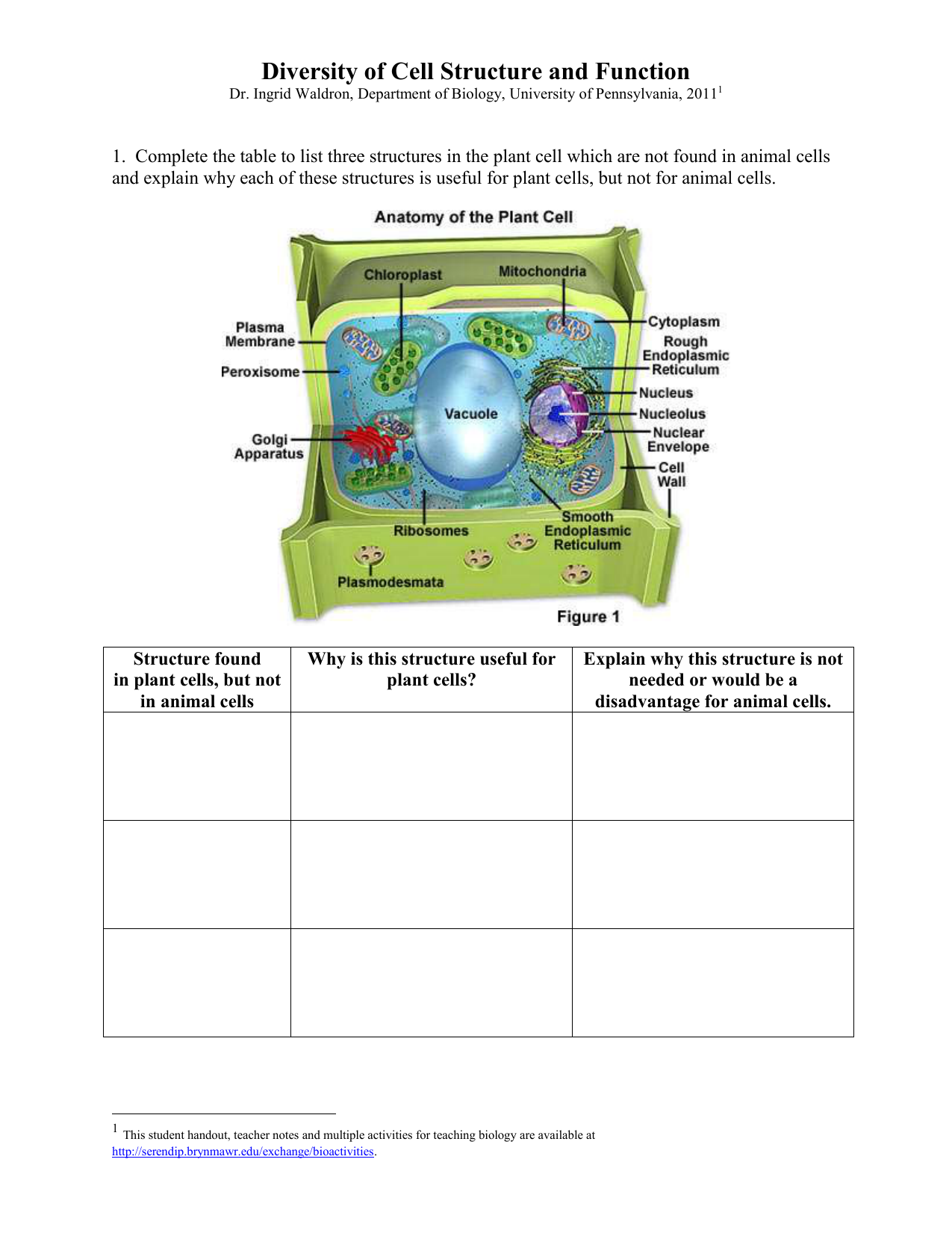


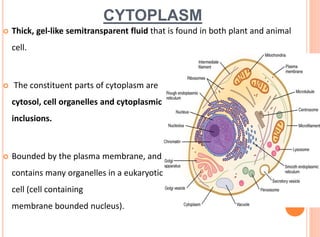

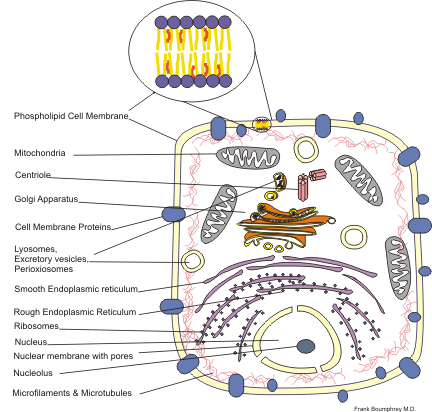


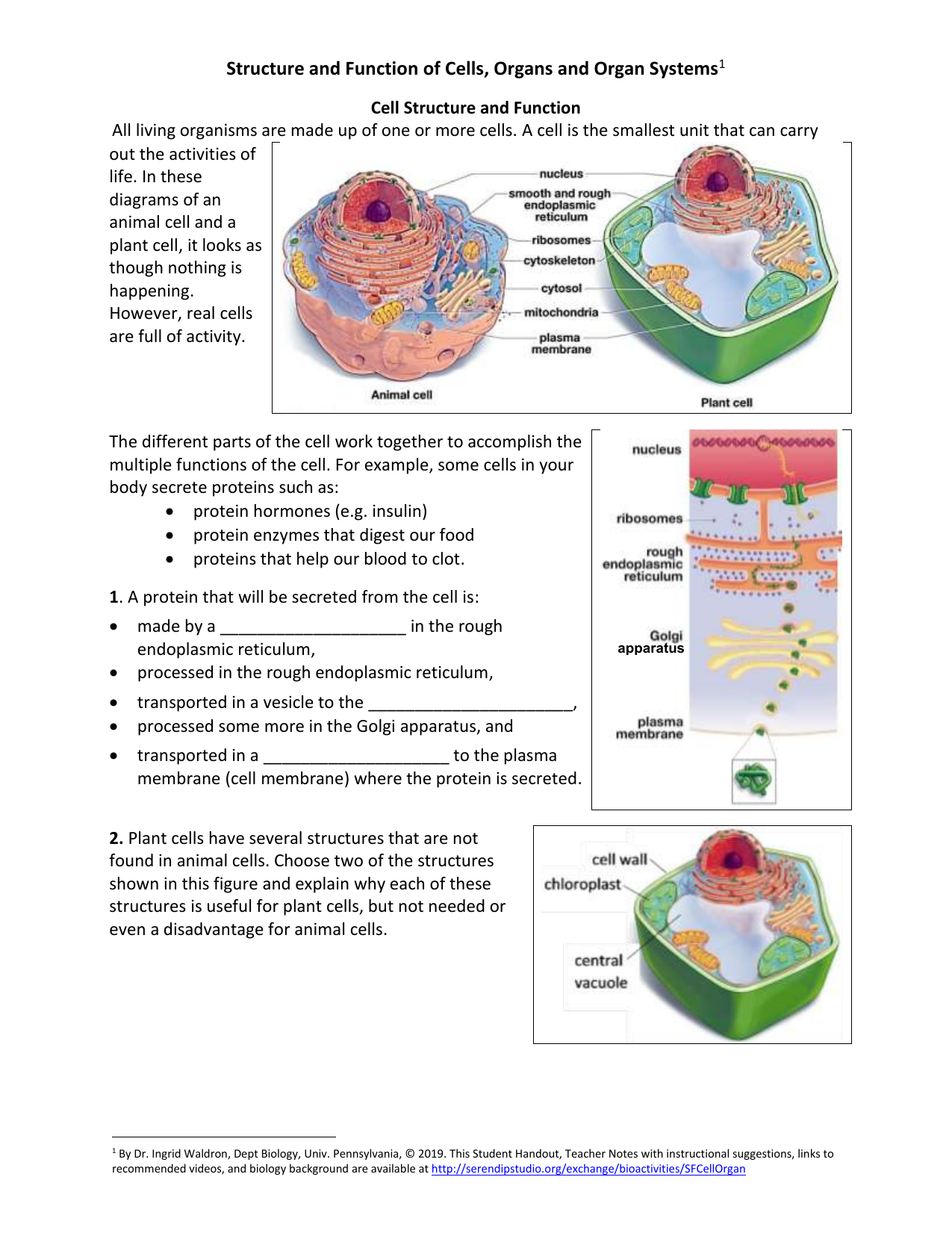


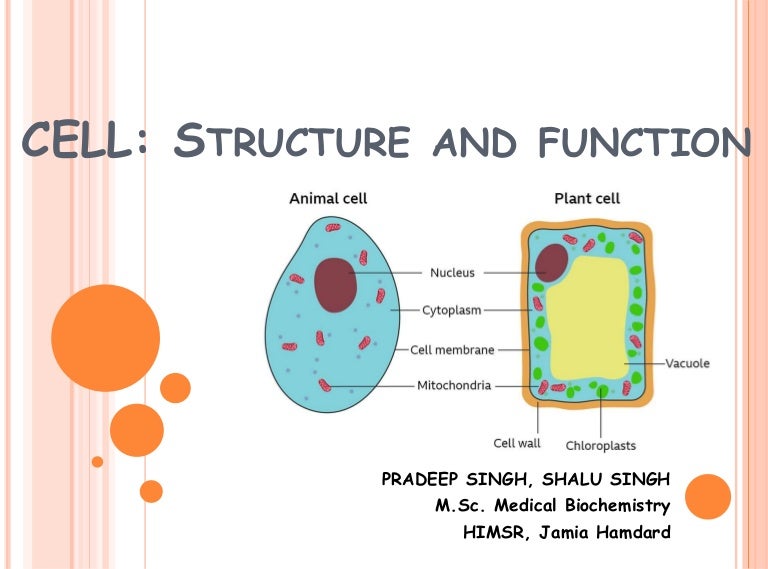
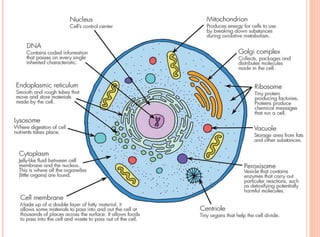


Post a Comment for "40 cell structure and function"